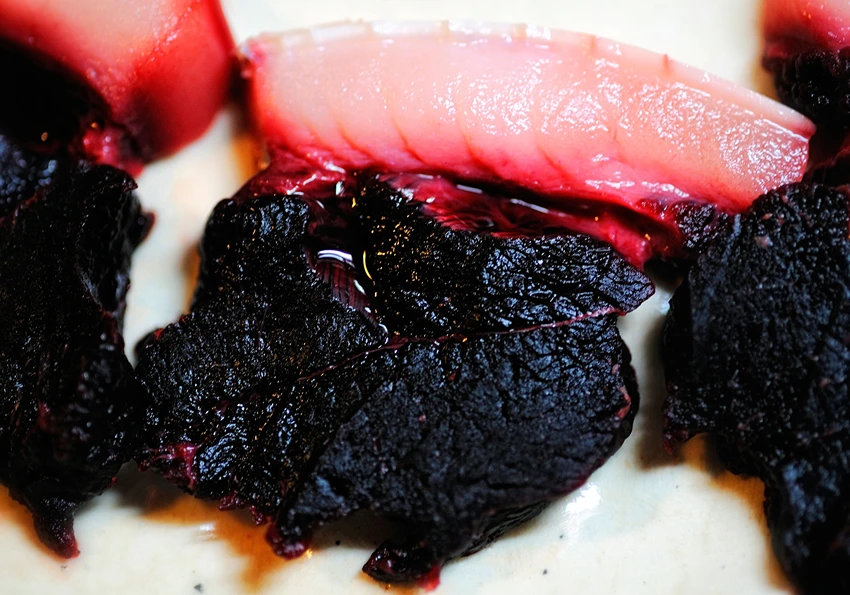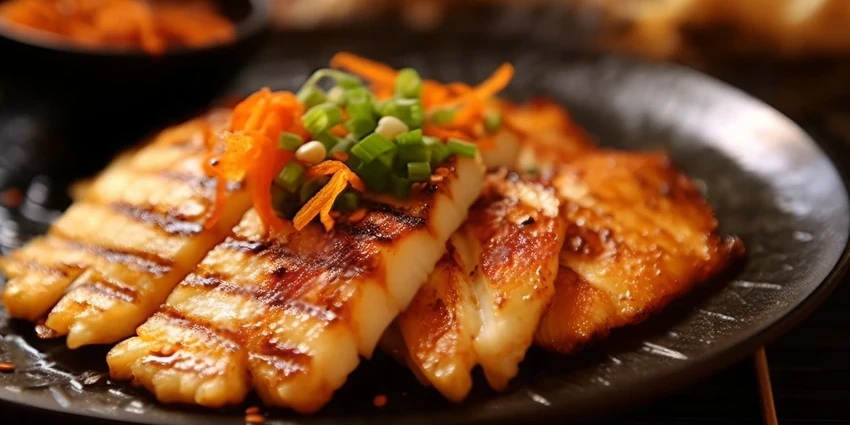All products were chosen independently by our editorial team. This review contains affiliate links and we may receive a commission for purchases made. Please read our affiliates FAQ page to find out more.
Jump to:
Can You Eat a Dolphin?
Consuming dolphin, specifically the marine mammal, is illegal and ethically unacceptable due to their protected status. However, there is a fish known as mahi-mahi, also called dolphin fish, which is safe to eat. Mahi-mahi is a popular choice in many cuisines, known for its mild flavor and firm texture.
Key Takeaways:
- Historical Context: Examines traditional dolphin consumption practices and their evolution.
- Health Implications: Discusses the mercury content in dolphin meat and associated health risks.
- Ethical Considerations: Explores the moral debates and conservation concerns surrounding dolphin consumption.
- Legal Status: Reviews the legalities of consuming dolphin meat worldwide.
Dolphins, known for their intelligence and charisma, have long sparked a complex debate regarding their consumption. This article delves into the multifaceted aspects of eating dolphin meat, encompassing historical, ethical, health, and legal perspectives.
Historical Context of Eating Dolphin
Traditional Practices and Cultural Shifts
Historically, dolphin consumption has been a part of various cultures. In some coastal communities, dolphins were revered as spiritual entities, while in others, they were a source of sustenance. However, over time, global perception towards eating dolphins has shifted significantly due to increased awareness of their cognitive abilities and conservation status.
Table 1: Historical Dolphin Consumption Practices
| Culture | Historical Practice | Current Status |
| Japanese | Part of traditional cuisine | Decreasing due to ethical concerns |
| Caribbean | Occasional consumption | Rare and often discouraged |
| South American Tribes | Ritualistic consumption | Largely ceased |
Health Implications of Dolphin Meat
Mercury Content and Comparative Risks
Dolphin meat is known to contain high levels of mercury, posing significant health risks. Mercury is a neurotoxin that can affect brain function and development, particularly in children and pregnant women. Compared to other seafood, dolphin meat carries a substantially higher risk due to bioaccumulation in their bodies.
Table 2: Mercury Levels in Seafood
| Seafood Type | Mercury Level |
| Dolphin Meat | High |
| Tuna | Moderate |
| Salmon | Low |
Ethical Considerations
Moral Debates and Conservation Impact
The ethical debate around consuming dolphins centers on their intelligence, social nature, and the impact of hunting on their populations. Many argue that their cognitive abilities place them in a category that should exempt them from being a food source. Additionally, the hunting methods used in some regions have raised concerns about cruelty and sustainability.

Highlighted Ethical Concerns:
- Intelligence: Dolphins possess advanced cognitive abilities, raising moral questions about their consumption.
- Hunting Methods: Often inhumane and can lead to unnecessary suffering.
- Conservation: Overfishing and bycatch issues threaten dolphin populations.
Legal Status Worldwide
Global Laws and Enforcement
The legality of consuming dolphin meat varies across the globe. In many countries, it is strictly prohibited due to conservation and ethical reasons. However, in some regions, the practice continues either legally or through loopholes in legislation.
Legal Status in Key Regions:
- United States: Strictly prohibited.
- Japan: Legal but facing increasing domestic and international pressure.
- European Union: Banned under marine mammal protection laws.
Culinary Practices Involving Dolphin Meat
Cooking Methods and Traditional Recipes
In regions where dolphin consumption is practiced, various cooking methods are employed. Traditional recipes often involve boiling or grilling, with seasonings varying by culture. The meat is described as having a dense texture and a strong flavor, distinct from typical fish.

Table 3: Traditional Dolphin Cooking Methods
| Region | Cooking Method | Description |
| Japan | Grilled | Often served as small, seasoned pieces |
| Caribbean | Boiled | Usually combined with local herbs and spices |
Global Perspectives on Dolphin Consumption
Cultural Differences and Case Studies
Dolphin consumption is viewed differently across the world. In some cultures, it’s a traditional practice, while in others, it’s either unheard of or frowned upon due to ethical or conservation concerns.
Table 4: Global Perspectives on Dolphin Consumption
| Country | Perspective | Current Trend |
| Japan | Traditional but declining | Decreasing due to ethical and conservation awareness |
| Peru | Occasional, less common | Limited to specific regions |
| United States | Illegal and culturally unacceptable | Strong opposition and legal prohibition |

Register for our latest in-depth reviews and product round-ups from the experts
Enter your email address below to receive our twice monthly reviews emails.
By entering your details, you are agreeing to our terms and conditions and privacy policy. You can unsubscribe at any time.
FAQs on Eating Dolphin
Dolphin meat is high in mercury, posing health risks, especially to vulnerable groups like pregnant women and children.
Legality varies, with countries like Japan allowing it under specific conditions, while it’s illegal in the United States and many European nations.
Traditional preparation methods include grilling and boiling, often with regional herbs and spices.
Ethical concerns revolve around dolphins’ intelligence, social nature, and the impact of hunting on their populations.
Dolphin meat is described as having a dense texture and a strong, distinct flavor, different from typical fish.
Martin Cochran, renowned for his expertise in deep-sea fishing and marine wildlife, plays a pivotal role at Fresh Catch Daily. His adventures across various oceans have equipped him with unique insights and techniques, enriching our platform with diverse and engaging content for fishing enthusiasts.








